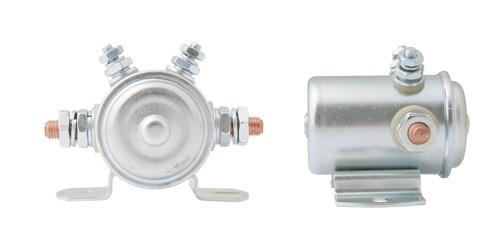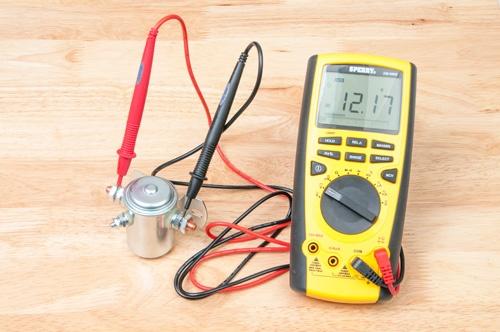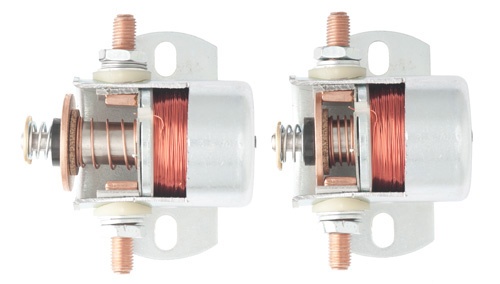Wiring and power systems can be a little tricky to wrap your head around, especially when it comes to something as specific as a solenoid. This device is necessary with your vehicle’s starter in order to keep your vehicle running smoothly and efficiently. But you may be wondering, how do I know my solenoid works properly? Follow the steps below on how to test a solenoid, you can be sure that it’s working to the best of its ability and you can drive off worry-free into the sunset!
Basically, a solenoid is there to move electrical current to the starter. This makes it an absolutely crucial part of a working vehicle or any other project that requires power from a battery to a starter. For a more in-depth description on what is a solenoid, check out Del City’s blog!
It’s always important to remember that with car troubles, it may not be the solenoid to blame! It is possible that it could be your car battery that is causing your car not to start or the root of your ignition problems. Grab those jumper cables and test to see if the battery is actually your concern first. If your battery has 12V and is functioning properly, continue on to see if your solenoid is causing the distress.
What You’ll Need
- A Multimeter
- A Solenoid
- Jumper Cables (optional)
- Protective Eyewear and Gloves (recommended)
- A friend willing to help!
Step 1: Locate the solenoid
This may seem obvious, but sometimes can be tougher than it seems. The exact location may vary depending on vehicle make and model, but the overall concept will be the same.
You will need to open up the hood of your vehicle and locate the engine. Both the starter and the solenoid will be found here. You will need to locate the starter, which is one large cylinder with a smaller cylinder attached to it. This smaller cylinder will have two terminals coming out of each end. This cylinder will be your solenoid as shown below.

Solenoid side and front view
Step 2: Click Test
This is where you’re helpful friend will come in handy. Have this friend start your car while you are still near the solenoid. Make sure you are at a safe distance from the engine while it ignites. This is also where your protective eyewear would come in handy. Safety is incredibly important while performing any test involving motors, engines, ignitions, etc.
Do your best to listen for a “click” noise. If the click is strong and loud, it most likely means the solenoid has enough power and is working properly. If the clicking you are hearing is quiet or repetitive, it may be that your solenoid is not strong enough or does not have enough power from the battery. If you hear no sound at all or the car doesn’t start, this could be a sign of a faulty solenoid.
Even if you do hear a strong click when listening for your solenoid, you will still want to continue in this process to be sure that everything is working accurately.
Step 3: The Multimeter
This multimeter will be used to check voltage on your solenoid. Again, make sure that you are at a safe distance from the engine and wearing safety glasses and protective gloves. Attach the positive wire (usually red) from the multimeter to the positive terminal on the solenoid. This is the terminal going to the starter. Next, place the negative wire (black) from the multimeter onto the terminal coming from the battery. At this point, your multimeter should be on with all wires connected as seen in the photo below. In this photo, a battery pack is being used to provide the voltage (12V) whereas in your situation it will be the car battery.
Testing Points on a Solenoid

Voltmeter Testing a Solenoid
Next, have your friend attempt to start the vehicle again. When the ignition turns on, you should see a drop in voltage. The target range for a drop of voltage is around 0.5V. If you see significantly more or less (including no drop in V), it is time to replace your solenoid.
It is also important to keep in mind that the target voltage range for a battery is around 12V. If your multimeter reads far away from this number, the problem is with your battery and not the solenoid.
Final Thoughts
Congratulations! You have completed the steps in order to learn how to test your solenoid. Still having problems? Make sure that you get rid of all corrosion or grease on the solenoid. Having these on the surface could be causing a loss of power throughout the vehicle.
With these tips, you should be able to tell if your solenoid is getting the voltage it needs to properly power your vehicle. Happy and safe travels!
If you still have questions, don’t hesitate to give our Technical Support a call at 1-800-654-4757.
